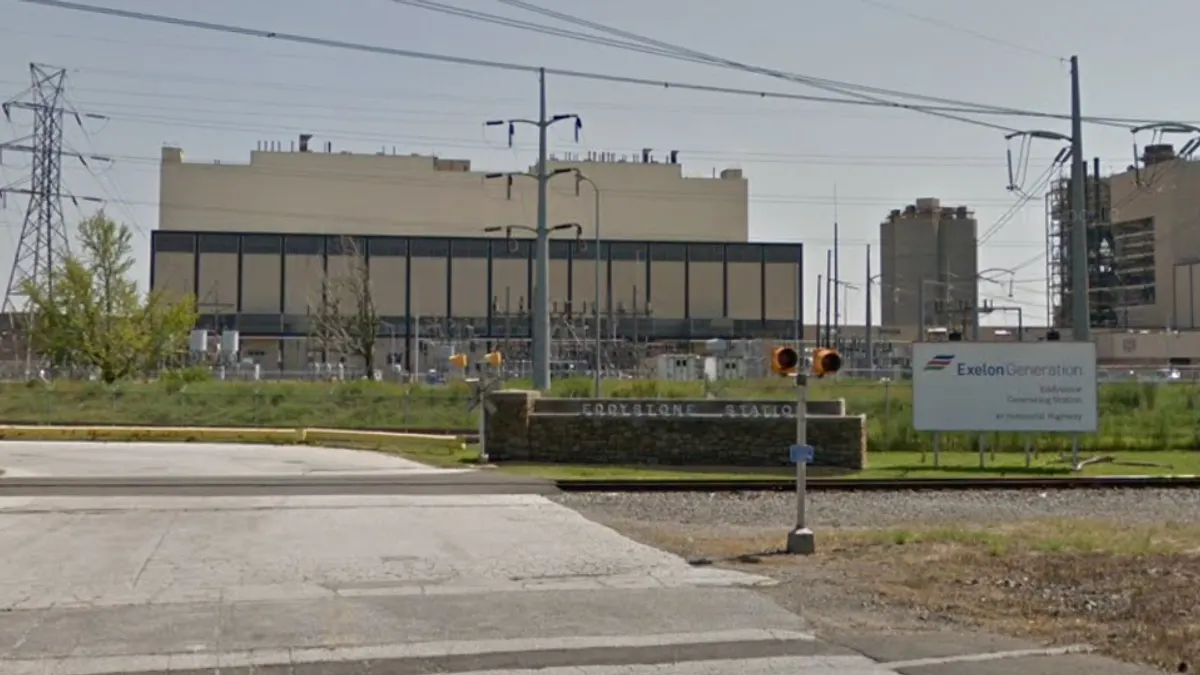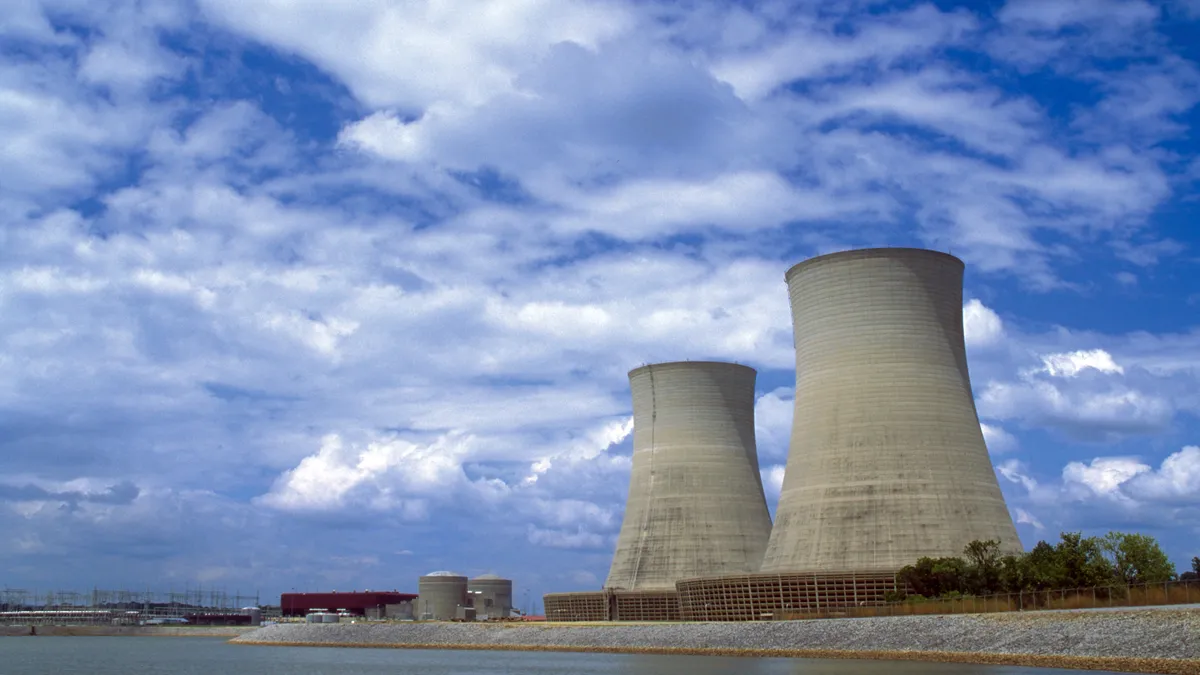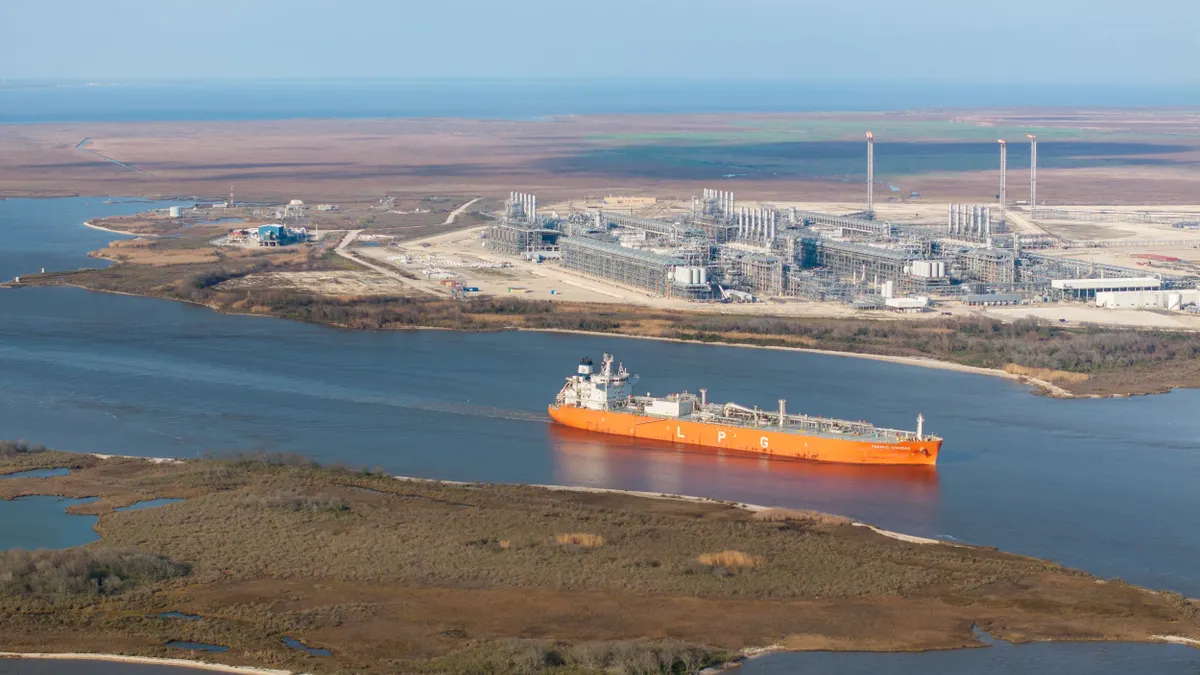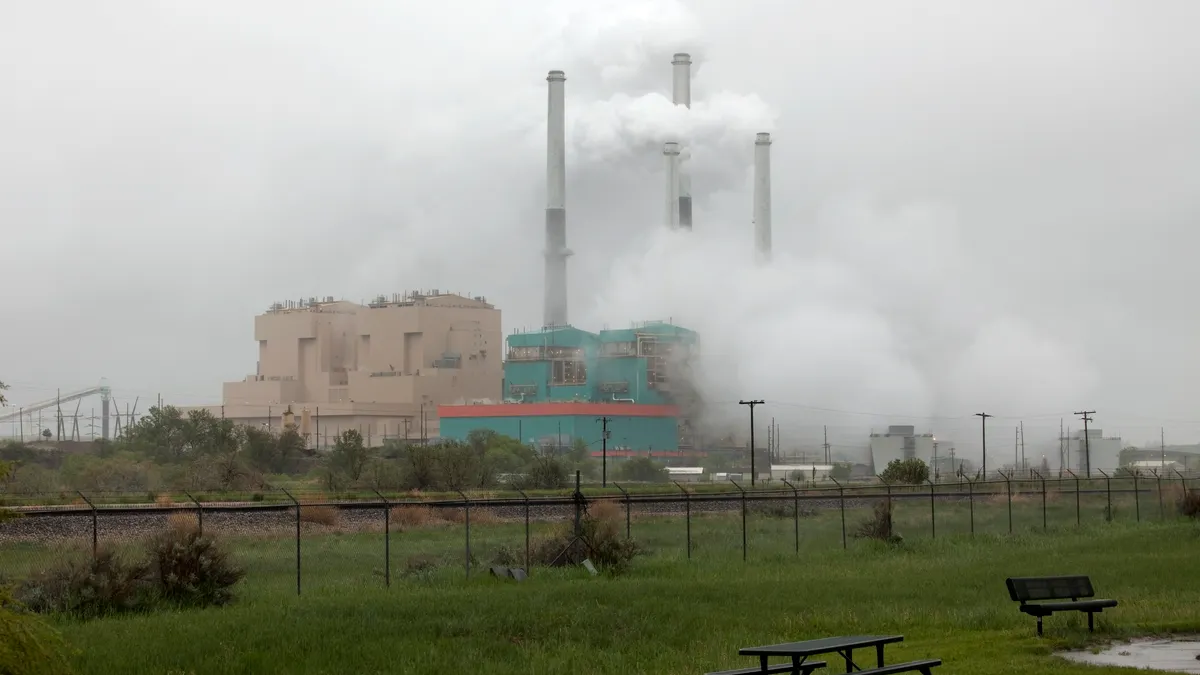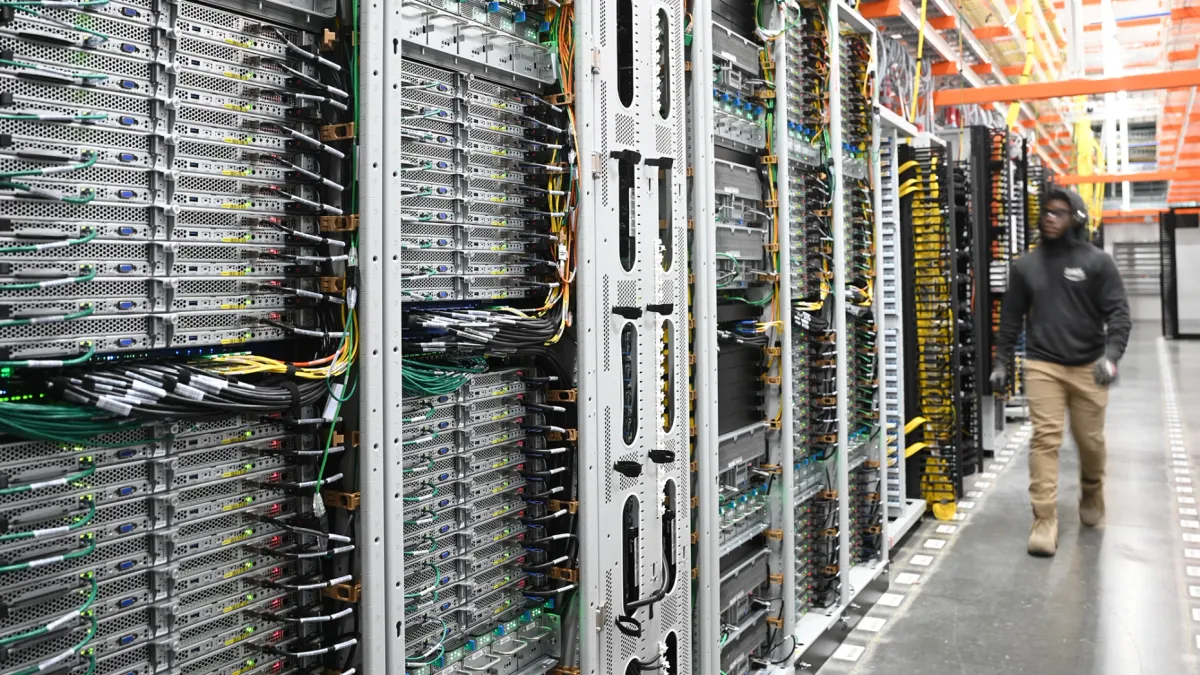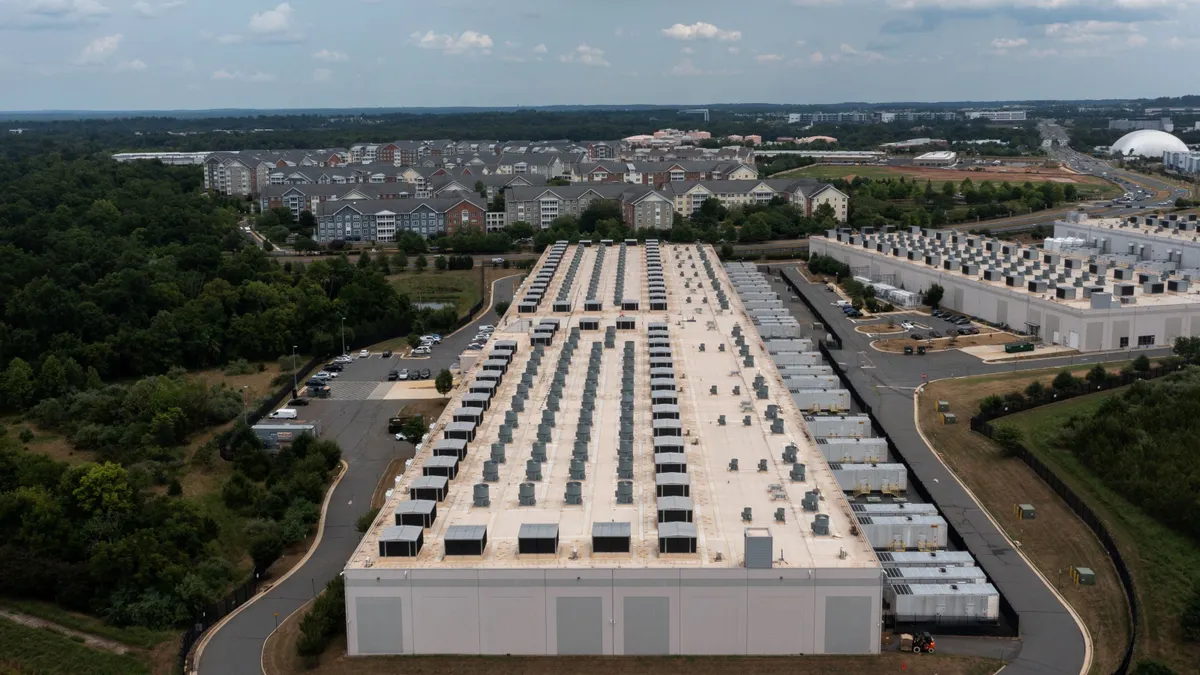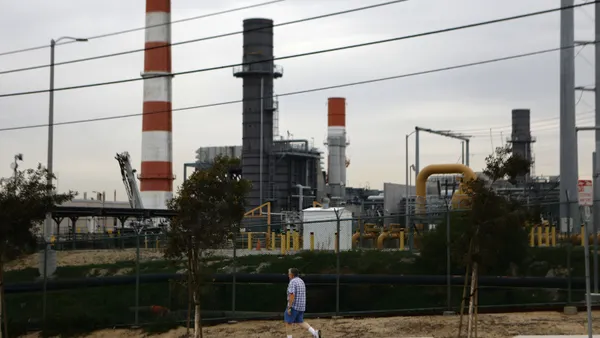Utilities say they will build renewables when the price is right, but it turns out that they will actually build renewables where the price is right.
Buoyed by tax incentives, wind and solar energy are growing rapidly in the parts of the U.S. where the resources are strong. Now, a new study illustrates three other factors that are critical for renewable resources to reach grid parity — the point at which they are cost-competitive with other fuels.
Without solar’s 30% federal investment tax credit (ITC) and wind’s $0.023 per kWh federal production tax credit (PTC), some parts of the U.S. are unlikely to see grid parity for renewables within the next 10 to 15 years, according to the study.
But reaching parity will also depend on these three factors: “forecasted rising natural gas prices, wholesale power market rebalancing, and ongoing improvements in renewable technology,” according to the report from Deloitte's Center for Energy Solutions, titled "Journey to grid parity: Three converging forces provide a tailwind for US renewable power."
The importance of parity
“The biggest takeaway is how important the incentives are in parity,” Marlene Motyka, study co-author and U.S. alternative energy leader at Deloitte, told Utility Dive in an interview.
But across the study’s different regions, how power prices impact parity is another key factor, she added.
If a region has a high wholesale power price, wind and solar developers who chose sites where the technologies can be built at competitive costs and produce with competitive capacity factors can reach parity relatively early even without the federal incentives, the study reports.
But finding those good sites and building at lower costs will be easier for onshore wind developers than utility-scale solar developers. This means wind will get to parity sooner than solar, the study concludes.
Another broad generalization is that many U.S. regions where wind and solar resources are most potent have lower wholesale electricity prices, the study reports. “This paradox delays grid parity in some of the most promising regions for renewable development.”
Parity is important because when the prices of wind- and solar-generated electricity are competitive with the price of natural gas-generated electricity, grid operators can access the advantages of a diversified energy mix, Motyka explained. Energy mix diversification boosts system reliability and creates the competition that drives innovation and further cost reductions.
“It is hard to say how the energy mix would change if wind and solar were at parity because there are other factors,” she said. Regional supply-demand dynamics and regulatory factors like state renewables mandates may override basic price factors. “And the Clean Power Plan is looming.”
In 2014, though there is still limited parity, she noted. “Utility-scale solar and wind were 47% of new generation and they were nearly 70% of new generation capacity in the first half of 2015, according to a recent Clean Edge report.”
The price of natural gas
Deloitte MarketPoint foresees the Henry Hub's price of natural gas, seen as a benchmark for gas prices, rising steadily.
The price of gas was as low as $2.59 per million British Thermal Units (mmBTU) in 2015 due to an abundance of shale gas resources. Rising consumption in the residential and commercial-industrial sectors and a boost in liquefied natural gas (LNG) exports is seen as driving new demand that will push the prices to $4.37 per mmBTU in 2020, $5.26 in 2025, and $6.10 in 2030.
The study does not predict a tipping point or a natural gas price at which parity becomes inevitable, Motyka cautioned.
Where and when the price of wind reaches parity depends on the availability of the PTC and on the price of natural gas, according to a recent white paper from the American Wind Energy Association (AWEA). Despite faster than expected price reductions over the last five years, only “the downturn in natural gas prices has kept the industry from reaching widespread cost parity.”
Renewables prices are likely to become competitive in certain places at various points along the natural gas price curve, the Deloitte study reports. There would likely be upward market price pressure that would either make renewables more competitive against natural gas, or incline off-takers to lock in above-market power purchase agreement prices to hedge against further price rises.
Off-takers might also turn to distributed generation, further driving technology innovation and cost-cutting toward increased competitiveness for renewables.
The rebalancing of wholesale electricity markets
Each U.S. regional power market has its own supply-demand conditions, resources, seasonal load changes, future demand characteristics and regulatory imperatives. As a result, parity will differ from one region to another, the study said.
Take Arizona for example.
“Arizona has a lot of sun and could produce a lot of solar energy-generated electricity,” Motyka said. “But it has low wholesale power prices so solar will struggle to reach grid parity without the ITC.”
With a low construction price of $1,000 per kW and a high capacity factor of 30%, utility-scale solar could reach parity by 2030, a study graphic shows. But at a high $1,500 per kW construction cost and a 25% capacity factor, parity for Arizona solar might not come until 2040.
By contrast, Massachusetts has a much less potent solar resource, but can reach parity sooner because of the high wholesale electricity price there, Motyka said.
With a low $1,000 per kW construction cost and a high 30% capacity factor, Massachusetts utility-scale solar is at parity now. A 20% capacity factor would keep it from parity until 2038, and increasing the construction cost to $1,500 per kW puts parity off past 2040.
The numbers belie the intuition that in “thinking only about the solar resource, it would seem Arizona could reach grid parity sooner,” Motyka said.
Despite Pennsylvania’s limited wind resource, its high electricity prices would allow well-sited wind “without a PTC in a good location with a high capacity factor, if the construction cost is low, to reach grid parity by 2016,” Motyka said.
The 2016 parity would be with a $1,000 per kW construction cost and a 50% capacity factor, the study found. At a high $1,500 per kW construction cost and a low 30% capacity factor, parity would not come before 2040.
In Texas’s ERCOT-West market, Motyka said, “there is a lot of wind resource but the electricity price is so low that without a PTC, even with a low cost of construction, it can’t reach parity before 2020.”
With a higher $1,500 per kW construction cost, even a high 50% capacity factor doesn't make for parity until 2027, according to the study. Where siting brings the capacity factor down to 30%, even a $1,000 per kW construction doesn’t get wind without a PTC to parity until 2033.
The downward trend of renewable technology costs
Overnight, construction costs in both wind and solar “have dropped, precipitously in some instances,” the study reported. Technological innovation has led to improved “operating characteristics” such as higher capacity factors and lower maintenance costs.
In addition, the "pace of innovation across technology, processes, and financing is the big wild card,” the study said. “Innovation should be acknowledged as a factor that could shorten the journey to grid parity to a great extent.”
The record is clear that wind and solar technology costs can be brought lower, Motyka said. “From 2009 to 2014, solar construction costs decreased 49% to 63%, wind construction costs decreased 26%, and work continues to focus on bringing down those costs.”
Solar technology have advanced progressively at something comparable to Moore’s Law, according to Elon Musk, CEO of Tesla Motors and chairman of top solar developer SolarCity. And technology, market, and policy factors will likely put cost declines within the range of 10% between 2020 and 2030, GTM Research senior vice president Shayle Kann recently told Utility Dive.
But wind industry design cycles require two to three years, according to the AWEA white paper. “Industry experts believe that only two such cycles will be needed before wind technology achieves cost parity.”
Neither the Deloitte study nor Motyka predicts specific cost reduction numbers. “I think costs will continue to come down because people are working at it but I don’t know how much,” she said.
One important emerging technology left out of Deloitte’s modeling is energy storage. The technology could drive the price of renewables up, but could also allowing for 100% capacity factors. The natural question is, what does that mean for grid parity?
“There are two parts,” suggested James Mandel, principle for Rocky Mountain Institute (RMI), who has participated in RMI’s studies of load defection, grid defection, and battery storage.
“Natural gas provides two basic attributes, generation and flexibility,” Mandel said. “When solar and wind are cheaper than the generation and storage is cheaper than the flexibility, it is checkmate.”
In a wholesale market, he expects, renewables might be integrated with storage or not, but “when the two conditions are true, a wind and storage or solar and storage project would be at grid parity because it would be more competitive than the marginal cost resource.”
The changing cost of capital
One of the single biggest factors in changing grid parity is changing the cost of capital, the study reports.
“If you are just financing with equity, it is more expensive but if you finance with debt and equity, it brings the cost of capital down,” Motyka said.
As a base line, Deloitte MarketPoint used an after-tax return on equity (ROE) of 8% and assumed no project-level debt. But developers with good credit have the option to add low-cost debt at the outset to get higher returns, the study explains.
That lowers the developer’s cost of capital. With 50% debt financing at a 5% rate, the cost of capital drops to 5.5%. The improved economics would likely bring grid parity much sooner.
“The addition of 50% project-level debt for a wind farm in ERCOT-West advances the grid parity year from 2029 to 2025, assuming a 40% capacity factor,” the study reports. For utility-scale solar in Arizona, depending on capacity factor and construction cost, “project-level debt advances grid parity by between four to six years.”
Across the range of technologies and assumptions, “adding project debt advances grid parity by around five years across most markets and for each technology,” the study reports. “This conclusion was not sensitive to higher or lower overnight construction cost assumptions for either wind or solar.”
A message for utility CEOs
Utilities need to be ready for developers without the PTC or the ITC to present new cost structures in PPA negotiations, the study warned. Regulators and policymakers need to be aware of the changing economics.
Motyka said she would advise utility CEOs to “look at the makeup of your portfolio.”
“There is a place for wind and solar to diversify your portfolio and assure less price volatility in your fuel costs,” she said.
She does not expect the absence of the tax incentives to make wind and solar bad investments for utilities.
“There is a huge push from businesses and consumers to have renewables and you have to think about your stakeholders and your constituents,” Motyka said.
An increasing number of corporations are targeting 100% renewable energy by 2020 or 2025, and a growing number of consumers say they want renewables options from their electricity providers, she said. “If a utility ignores those things, they lose out.”




